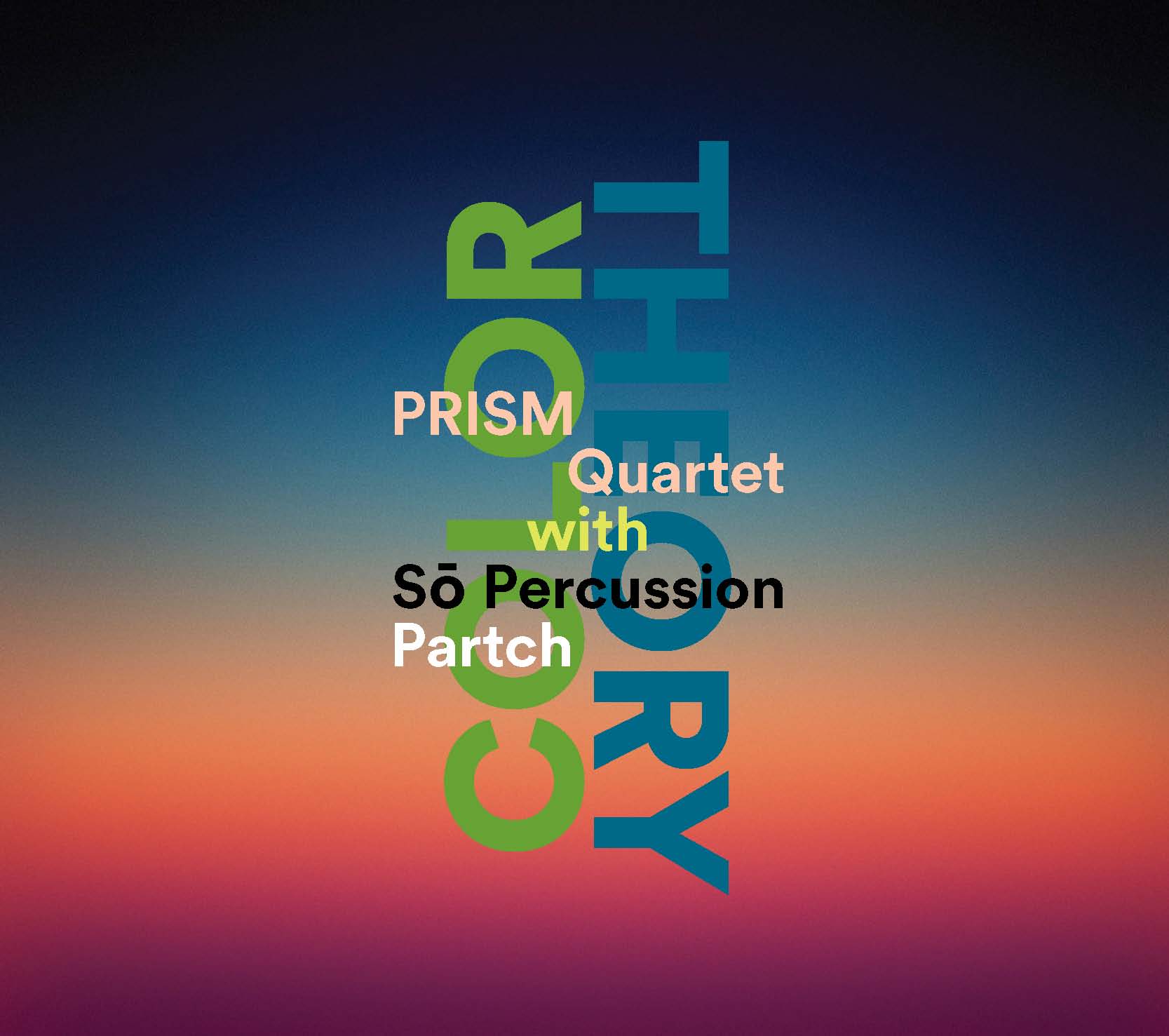Press
Reviews
ALBUM REVIEW:
PRISM QUARTET,
COLOR THEORY
PRISM QUARTET,
COLOR THEORY
The Log Journal
April 14, 2017
by Steve Smith
Originally published
in The Log Journal
(Link︎︎︎)

PRISM QUARTET
COLOR THEORY
(XAS, 2017)
The four members of PRISM Quartet, an award-winning ensemble based in New York City, Philadelphia, and Ann Arbor, have been singleminded in their pursuit of new sonic and stylistic frontiers for their mutual instrument of choice, the saxophone. But that’s not to suggest that Timothy McAllister, Taimur Sullivan, Matthew Levy, and Zachary Shemon have been close-minded in matters of ensemble integrity. Alongside strictly four-part inventions, PRISM has engaged in eye- and ear-opening collaborations with other artists and ensembles, including prominent jazz saxophonists such as Steve Lehman, Dave Liebman, Rudresh Mahanthappa, Greg Osby, Tim Ries, and Miguel Zenón; the ensemble Music from China; esteemed choir The Crossing; and early-music consort Piffaro.
Disparate though all these projects might be, what they all share in common is an enviable combination of integrity, individuality, and instant appeal – no mean feat, given some of the more rigorous creative modes PRISM has investigated. Those qualities are amply evident on Color Theory, issued April 14 as the second release from the quartet’s new label, XAS Records (distributed by Naxos). Without question one of PRISM’s most elaborate undertakings, the project finds the foursome working with So Percussion, another pioneering quartet devoted to breaking new ground and forging new alliances, and Partch, a West Coast percussion ensemble that focuses on the Seussian microtonal instruments created by maverick composer Harry Partch.
The common thread among the three pieces on the album – Blue Notes and Other Clashes by Steven Mackey, Future Lilacs by Ken Ueno, and Skiagrafies by Stratis Minakakis – is the notion of saxophones and percussion used as raw materials to build a new repertoire inspired by and based on the notion of musical colors. Ueno took the concept a step further, calling for the physical transformation of one of the saxophones and adding an electric guitar in altered tuning to the mix. Derek Johnson, a skillful and versatile Bang on a Can associate, handles the guitar assignment; Minakakis is also present, serving as the conductor on his own piece and Ueno’s.
...
...
Both Ueno and Minakakis opt for long spans rather than discrete segments in their works for PRISM and Partch. Ueno – whose creative span runs from solo improvisation and the rugged intricacies of Central Asian multiphonic throat-singing to rigorously constructed symphonic works and opera – found inspiration for Future Lilacs in “Futures in Lilacs,” a 2007 poem by Robert Hass sparked in turn by Walt Whitman’s iconic “When Lilacs Last in the Dooryard Bloom’d.”
Opening with a stinging guitar note played obsessively on alternating strings to produce shifting overtones, Ueno gradually introduces the unconventional Partch instruments – “Castor” and “Pollux” canons, chromelodeon, adapted viola, cloud chamber bowls, and bass marimba – their unconventional tonal and timbral qualities at once disorienting and inviting. The saxophones make their presence known some three-plus minutes into the piece, notes bending and slurring in accord with Partch implements and roiling guitar alike. Ueno compels the PRISM players to make full use of their horns’ capacity to sputter, hiss, and clack, and further deploys what he calls a “hookah sax”: a tenor saxophone with seven feet of rubber hose inserted between its mouthpiece and body – a method made famous by the seminal New York City noise-improvisation trio Borbetomagus.
Opening with a stinging guitar note played obsessively on alternating strings to produce shifting overtones, Ueno gradually introduces the unconventional Partch instruments – “Castor” and “Pollux” canons, chromelodeon, adapted viola, cloud chamber bowls, and bass marimba – their unconventional tonal and timbral qualities at once disorienting and inviting. The saxophones make their presence known some three-plus minutes into the piece, notes bending and slurring in accord with Partch implements and roiling guitar alike. Ueno compels the PRISM players to make full use of their horns’ capacity to sputter, hiss, and clack, and further deploys what he calls a “hookah sax”: a tenor saxophone with seven feet of rubber hose inserted between its mouthpiece and body – a method made famous by the seminal New York City noise-improvisation trio Borbetomagus.
Like much of Harry Partch’s music as well as certain Asian traditions that have informed Ueno’s compositional style, Future Lilacs has a ceremonial quality, its players sounding fitfully as if ordained by ritual. Rollicking and meditative in alternation, the music sustains its initial fascination; Ueno’s techniques are novel, but never mere novelty, serving expressive purposes consistently throughout this haunting work.
CORRECTION (APR. 19, 2017): A previous version of this review listed the diamond marimba and kithara among the Harry Partch instruments used for Ken Ueno’s composition Future Lilacs. Those instruments are included on the album, but are not featured in Ueno’s piece.